After working in the silver retail industry for ten years I can confirm that I have the itch to learn more about how our holloware and flatware are made. Realistically I gained this feeling after about two years, however silversmithing courses are not easy to obtain in the local area; there are many experiences you can entertain such as ‘make a teaspoon’, which I would highly recommend.
With silversmithing historically being a male-dominated industry, I look to the independent women who became silversmiths either to continue a family legacy, maintain an income from a deceased partner or those who just branched out to achieve their dreams. However, first we need to establish the goal by learning about the basics.
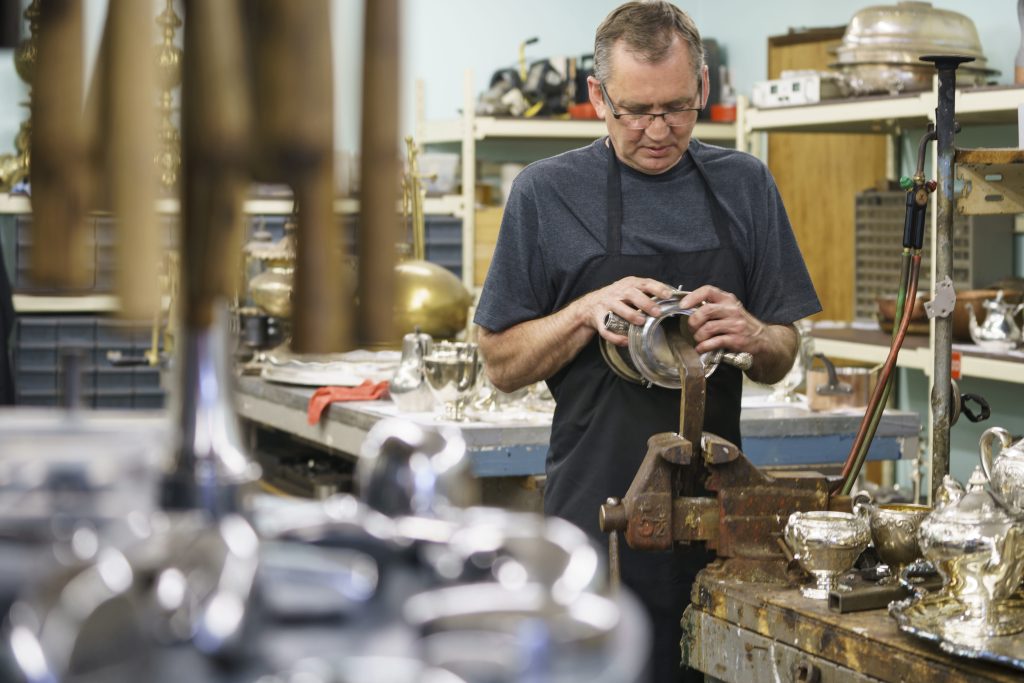
What is a silversmith?
Simply put, a silversmith is a metalworker who crafts objects from silver; working silver sheet metal and bar stock into varying shapes. A silversmith will work the metal while it is cool, hammering it into shape, then annealing the piece (heat-treatment) to allow the metal to be soft again to stop the piece from cracking and becoming weak. Alternatively, some silversmiths will utilise casting techniques to create components such as handles and feet. Once the principal shape and features are created the piece can then be attached together using soldering and riveting, and then ornamented in the classic or more contemporary methods.
What is the difference between a goldsmith and a silversmith?
Some of the metalworking techniques used in silversmithing are transferable to other precious metals, such as gold, however this practice would make the worker a goldsmith. The training and history of these two professions are similar, however the end product and size of the objects created vary greatly. Whilst a silversmith/goldsmith may process gold to make boxes and cases, there is a considerable change in techniques and tools to create chains and gem-settings desired for jewellery.
What is the difference between a blacksmith and a silversmith?
A blacksmith is a metalsmith who works primarily with wrought iron or steel; however they do work with other metals. Historically a blacksmith would create swords and armour in a forge – thus these days you will find blacksmiths making custom iron accessories and furnishings. The new-age variant of a blacksmith is a metalsmith; workers crafting an array of metals often creating custom jewellery, kitchenware and still potentially weapons. Whilst a blacksmith required a forge, due to the smaller scale of objects produced by a metalsmith they are able to utilise smaller tools such as a blowtorch.
A silversmith however works in silver, of varying standards. Using soldering irons and blowtorches as their heating elements they can typically get their projects completed. A silversmith with refine their skills to be able to manipulate their metal to get a refined and delicate outcome.
Is silversmithing a modern profession?
In the 17th and 18th centuries there was a rise in the popularity of the silversmithing profession as the upper class required both ornamental and functional silverware for their households. At this time, in Europe as the wealthy expanded their utilitarian silverware collections, there was an increase in silver availability to the middle class. The French and British guilds allowed for apprentices to be trained, enhancing the ability to fill the increasing demand within the industry.
A silversmith would start in an eight-year apprenticeship, and they would repay their tuition with manual labour. Once their apprenticeship was completed the silversmith was able to make the two-to-three-year transition into a journeyman, allowing them to operate their own shop while still being educated to become masters. In order to earn the title ‘master’ the silversmith would submit work to their local guild and the piece would be judged; the guild was also in place to periodically perform checks on the quality of pieces. While most master silversmiths were men, by the end of the 18th century women become well-respected within the industry.
History shows us that the 17th century silverware included torches, mirrors, candlesticks and other such silverware items, the 18th century brough around the demand for teapots and coffee pots. Today silversmiths still can be commissioned to produce unique teaware, however individual boxes, home décor and trophies/presentation items are more typical.
There are still training opportunities today to become a silversmith. A trade silversmith will still train as an apprentice whereas as a designer-silversmith will typically undergo a university degree – however with either option the practical training is the most important aspect. As a company we work alongside silversmiths to aid us personalise items with engraving and to give items a thorough clean and service. We ensure all of our flasks are watertight, our silver teapots hold fluids without fault – we do all of this with the help of a working silversmith.
Would you be a silversmith?
I personally can say that more than ever I want to be a silversmith, however I have a conflict between creating contemporary items and missing out on the antique pieces I observe on a daily basis. What about you, would you be interested in becoming a silversmith?

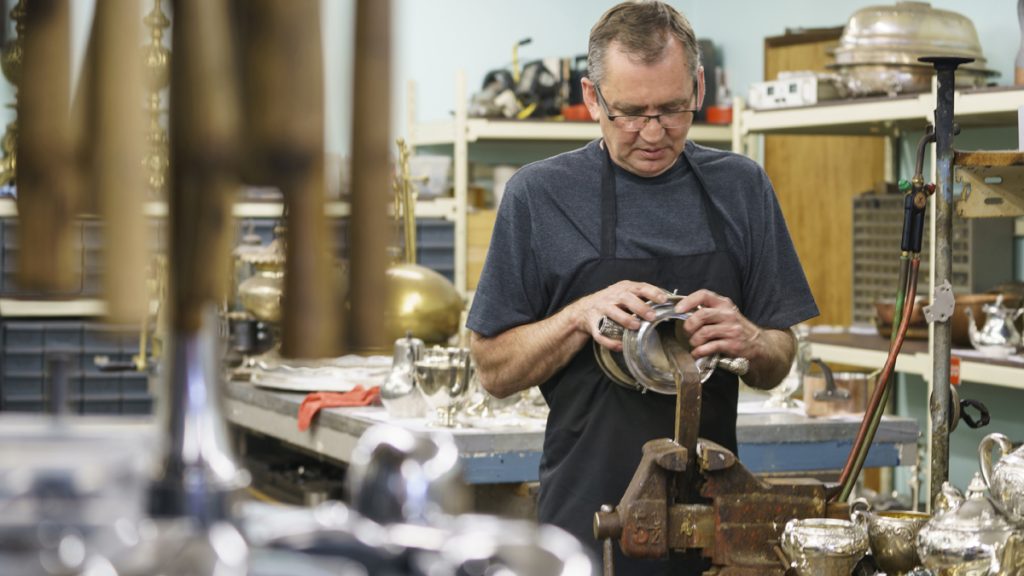
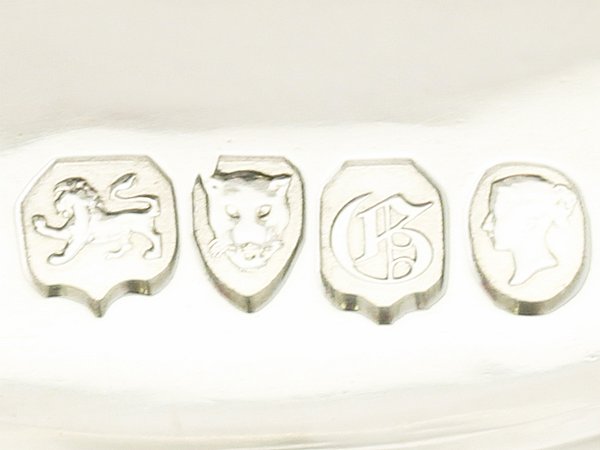


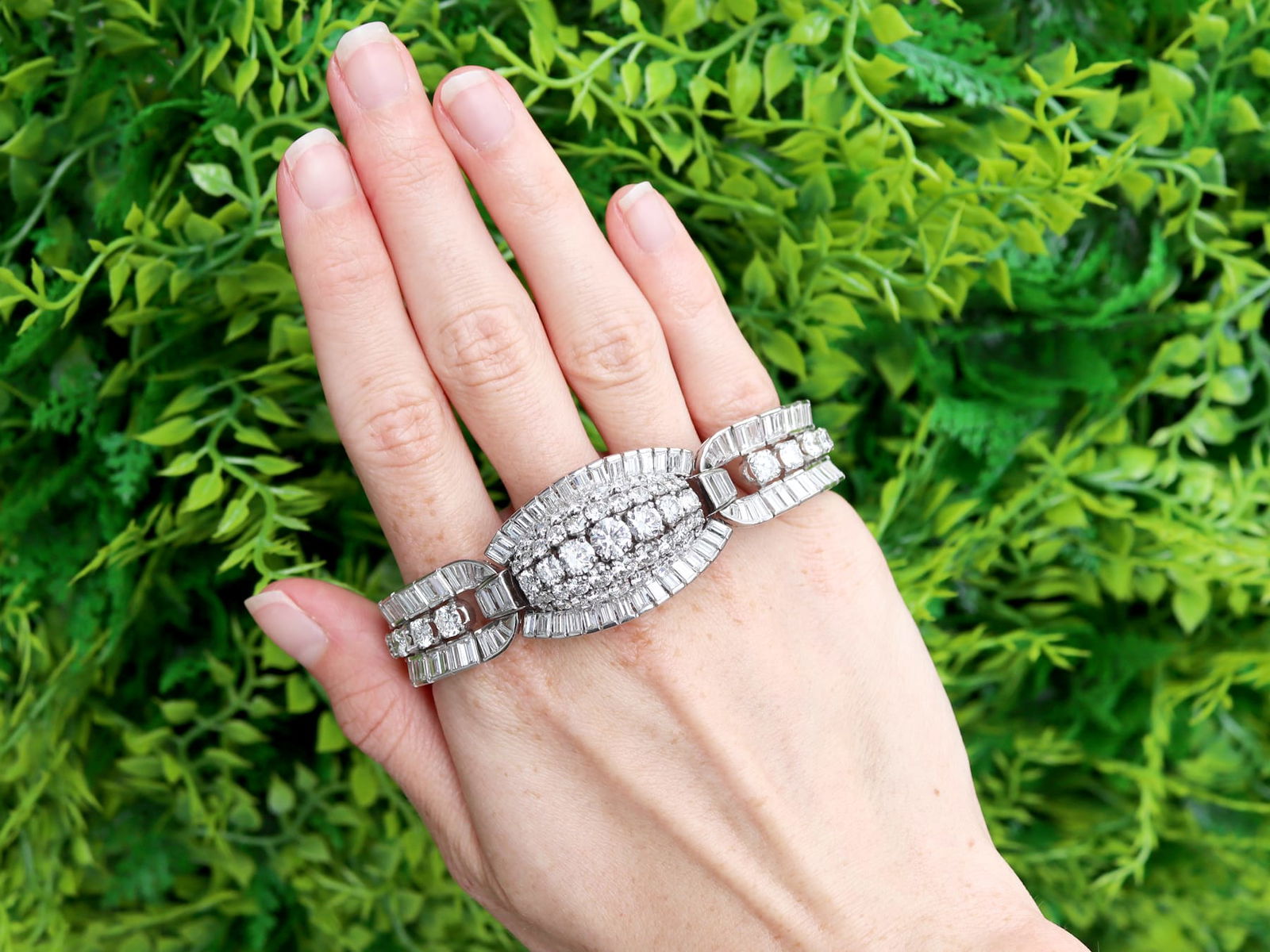
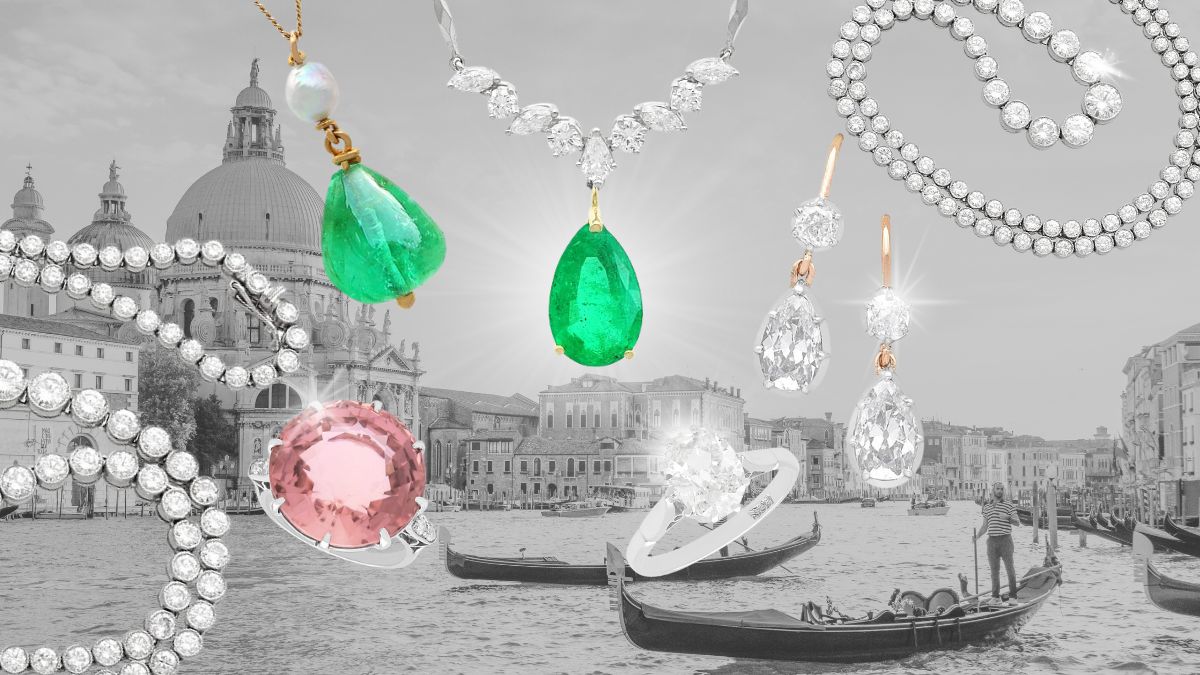
One Response
Dear Rachel O’Keefe-Coulson,
Could you please help me to find out the pattern and the type of this knife – knives they use for cheese cutting?
I can not copy and paste the photo as this comment system does not let me to paste the photo. Dou you have a surfice where I can send it to you?
Your help is much appreciated,